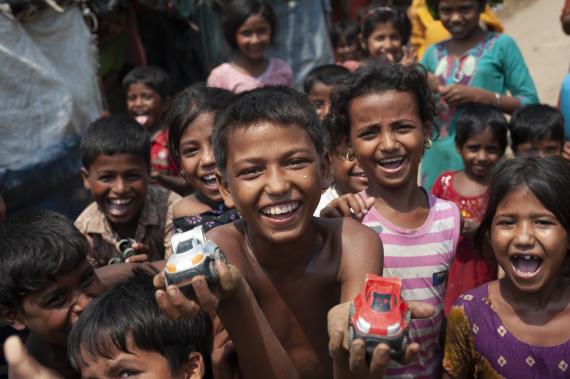Responsibility
Let's take responsibility for ending child labour. We can start by raising awareness about its impacts, educating others on laws related to it, promoting responsible consumption, fostering accountability, and working to prevent it in supply chains.
